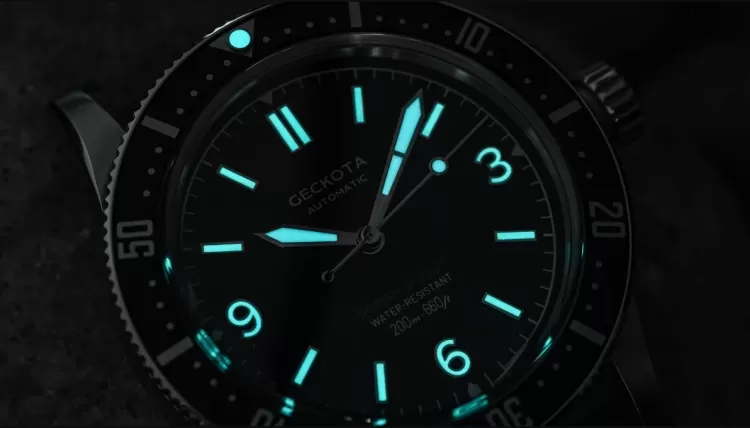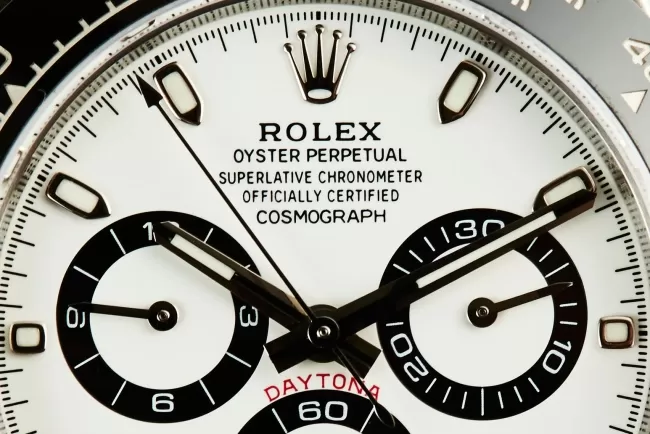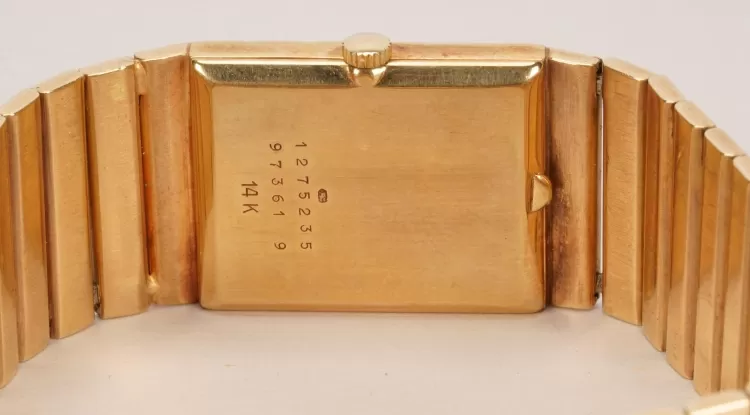Lume Technology: The Secret Behind Glowing Watch Dials
Explore how lume technology allows watch dials to glow in the dark. Learn about Super-LumiNova, tritium, and the evolution of luminous materials in luxury watches.

Have you ever wondered how your watch glows in the dark? The answer lies in a fascinating and essential feature of horology known as lume. Derived from “luminescence,” lume refers to the luminous material applied to watch dials, hands, and indices to make them readable in low-light conditions.
This feature is not just practical—it also enhances the aesthetic appeal and collectability of a timepiece. But how does it work, and what materials are used to achieve this effect? Let’s take a closer look at the evolution and science behind lume technology.
What Is Lume?
Lume is a luminescent compound that absorbs light energy and re-emits it in the dark. It’s typically applied to specific parts of the watch dial to allow users to read the time in darkness. After being exposed to natural or artificial light, lume will glow for a duration, depending on the quality and type of material used.
The Evolution of Lume: From Radium to Super-LumiNova
The history of lume dates back to the early 20th century when radium-based paint was first used. Though extremely effective in producing light, radium was highly radioactive and posed severe health risks. Eventually, it was replaced by tritium, a less hazardous radioactive substance. Tritium is still used today, mostly in the form of tiny glass tubes, but it has gradually given way to modern alternatives due to safety concerns.
The most widely used and safest material today is Super-LumiNova. Developed in Switzerland, this non-radioactive compound is based on strontium aluminate and can emit a bright, long-lasting glow after light exposure. It’s not only safe for daily wear but also environmentally friendly.
Popular Types of Lume
- Super-LumiNova: The industry standard for premium watches. Offers strong brightness and long-lasting glow.
- Chromalight: Rolex’s proprietary lume material, known for its unique blue glow and extended visibility.
- LumiBrite: Seiko’s in-house lume, offering excellent brightness and eco-friendly characteristics.
- Micro Gas Tubes: Used by Ball Watch Co., these self-illuminating tubes require no external light source.
How to Judge Lume Quality
Not all lume is created equal. The brightness, longevity, and visibility vary depending on application quality and materials. Key indicators of good lume include:
- Light Absorption Speed: How quickly the lume charges under light.
- Glow Duration: How long the lume remains visible in darkness.
- Brightness: The intensity of the glow.
- Even Application: Consistency across dial elements.
Why Lume Matters in Everyday Use
While lume is often associated with dive watches, it serves a wide array of practical purposes. For military, aviation, or outdoor adventure use, lume ensures visibility in pitch-black environments. In luxury watches, it also adds a desirable feature that combines both form and function.
Aesthetic Appeal of Lume
Beyond function, lume has become an iconic visual feature in many watches. Collectors admire how it enhances the dial at night, and vintage watch enthusiasts often seek pieces with “patina”—a natural fading of the lume over time that adds character and history to the piece.
What's Your Reaction?





















